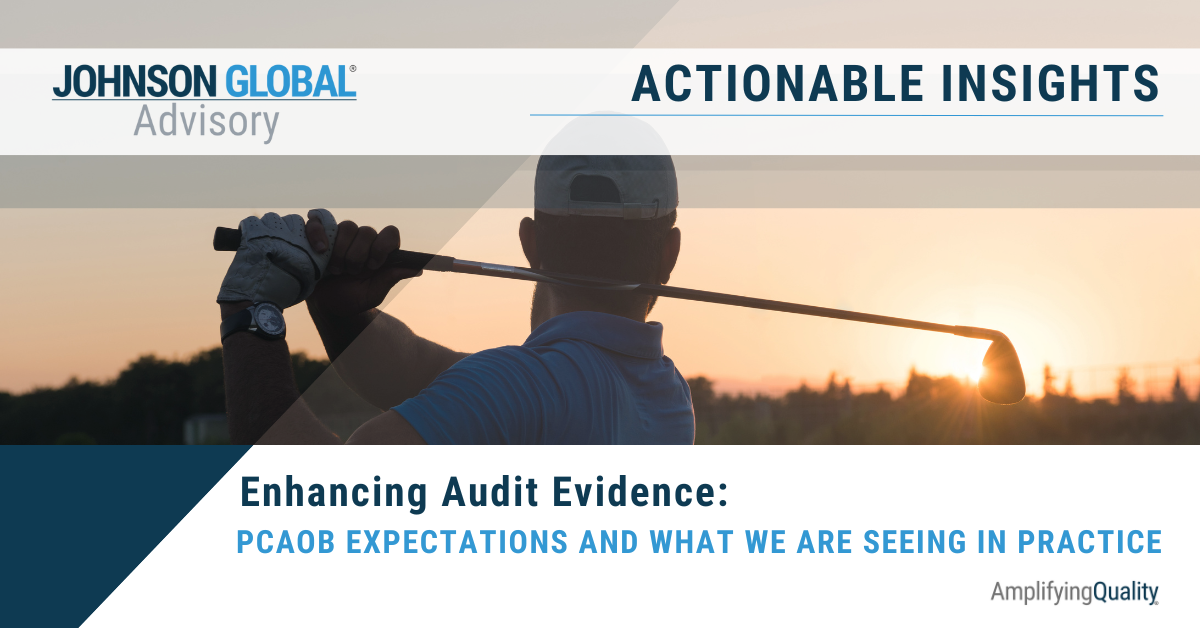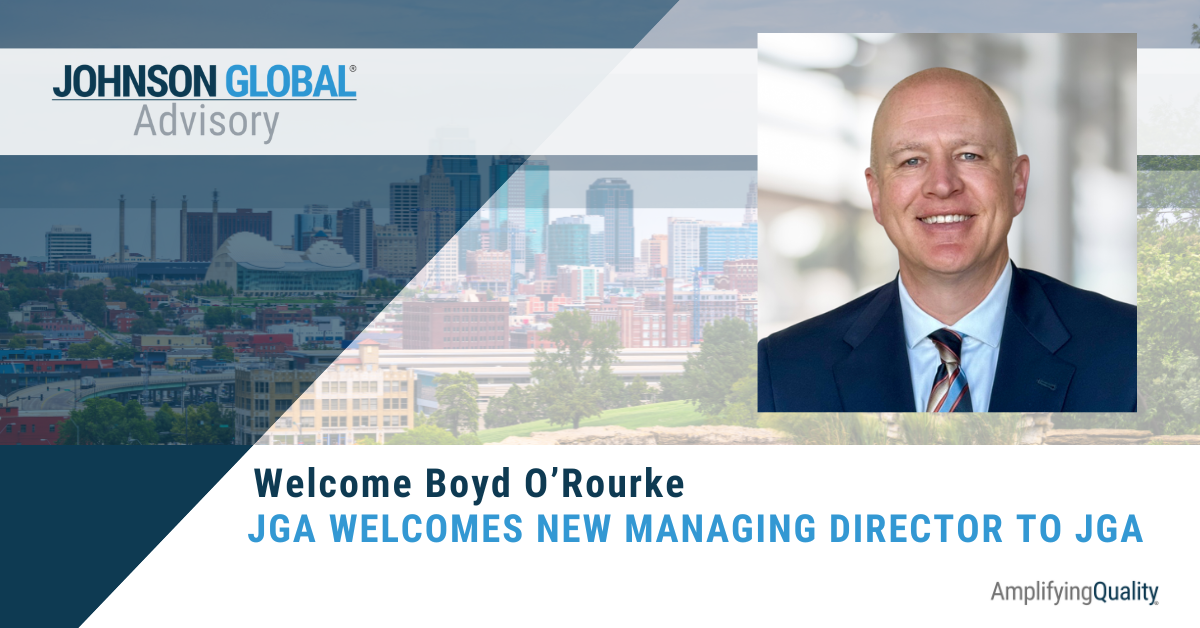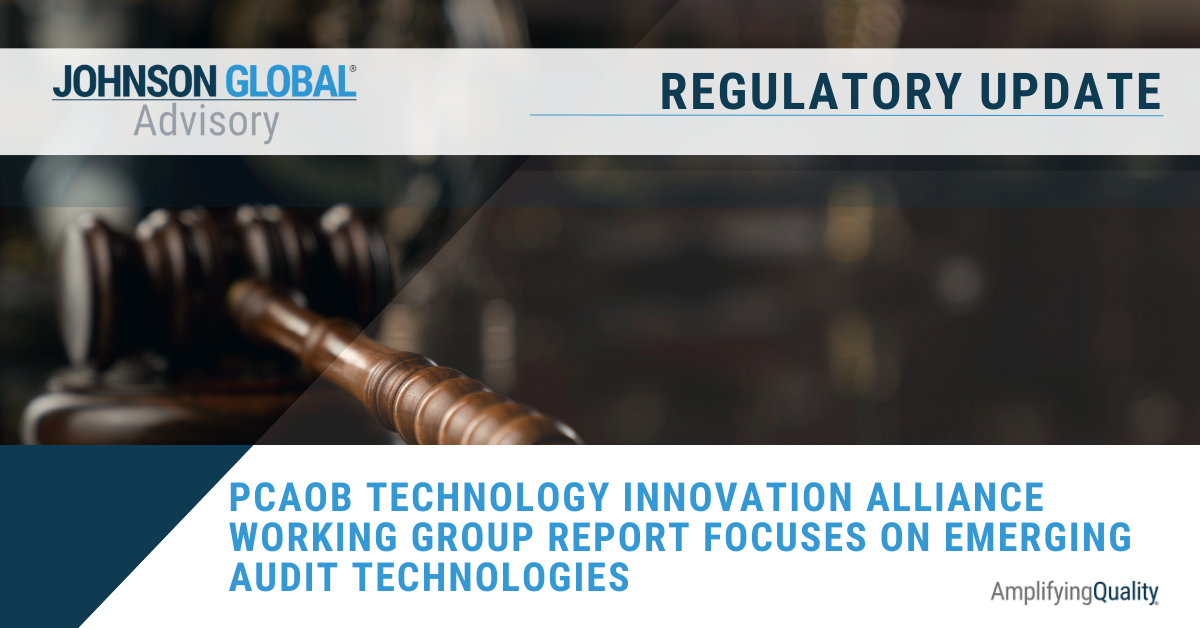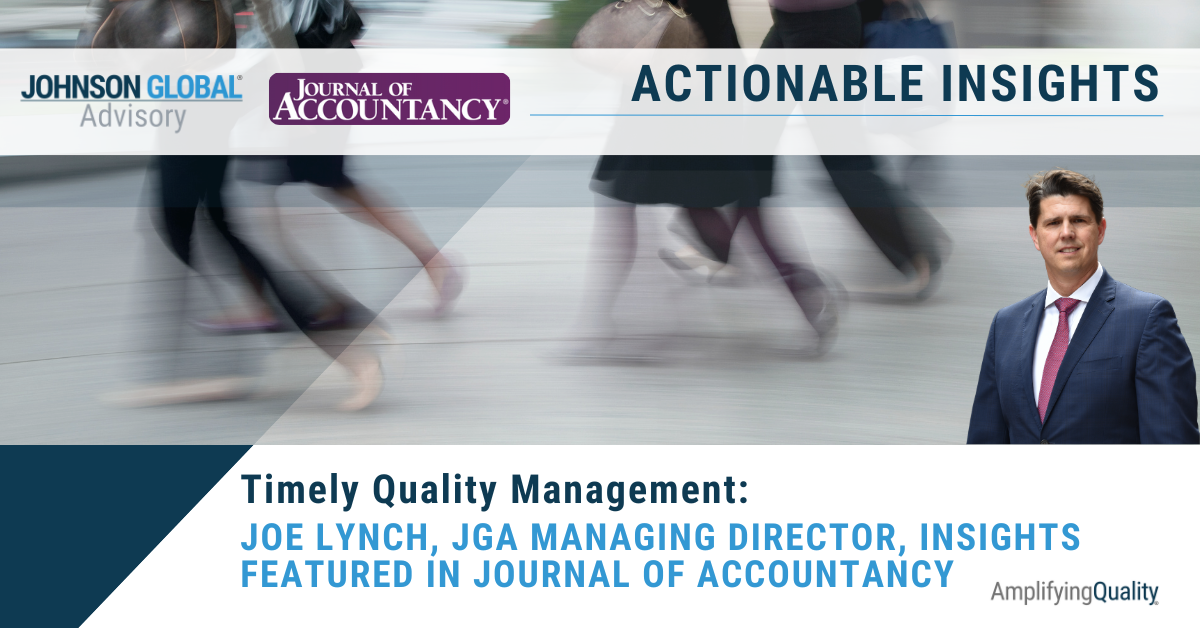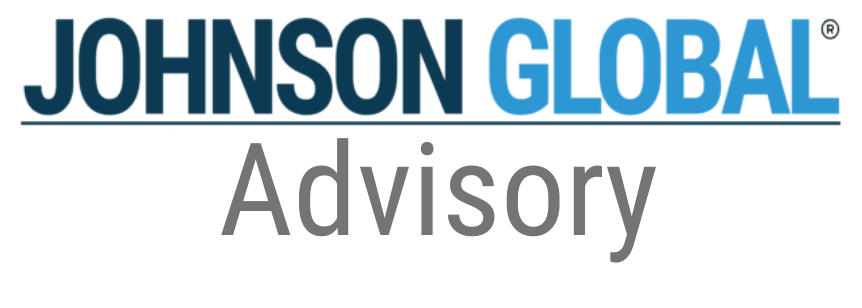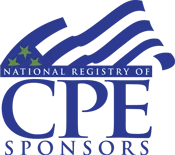PCAOB Broker-Dealer Inspection Report Shares Results of 2023 Inspections and Good Practices to Address Audit Scenarios
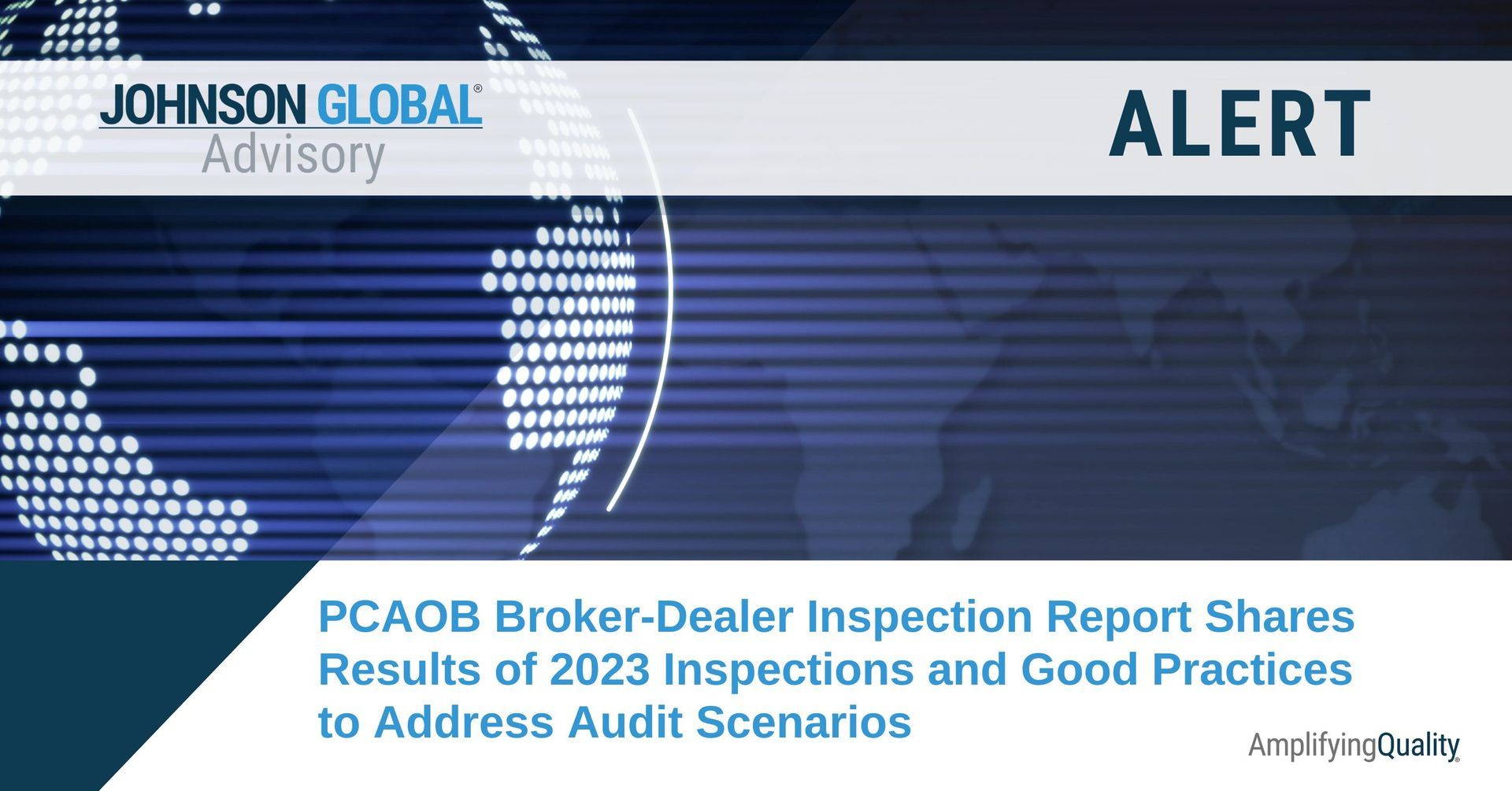
On July 25, 2024, the PCAOB released the Annual Report on the Interim Inspection Program Related to Audits of Brokers and Dealers (PCAOB Release No. 2024-009) which provides (i) information about its 2023 inspections approach, (ii) a summary of the 2023 inspections observations, (iii) a description of good practices that may be effective to address those scenarios; and (iv) reminders for firms of the requirements of certain PCAOB standards.
- The PCAOB observed higher deficiency rates in examination, review, and audit engagements, which it described as a cause for significant concern.
- The PCAOB report overall noted at least one deficiency was observed in 70% of the 103 audit engagements reviewed, which marked an increase from the 58% deficiency rate observed in 2022. As has been the trend we've seen over the last couple of years, when supporting clients going through inspection.
We, at JGA, have seen the rigor of the inspection process increase, particularly in the areas of revenue, journal entry testing and increasingly, audit committee communications and independence-related matters.
- The PCAOB’s report outlined an increase in the deficiency rate that was primarily driven by the increase in the number of inspections performed of firms that have not been previously inspected and the increase in the deficiency rate in audit engagements observed at the largest audit firms reviewed.
From our perspective, firms that have not been previously inspected are typically smaller practitioners and they may not be aware or prepared for the rigor of an inspection.
- The PCAOB identified an increase in the deficiency rate in examination engagements of compliance reports. Some deficiencies noted, among others, were around the lack of obtaining a sufficient understanding of the financial responsibility rules and planning the examination engagement by obtaining a sufficient understanding of broker-dealer processes.
We have observed this statement expressed over the years and it is the root cause of many inspection findings. We have also seen this issue surface when providing in-flight reviews of audits for our clients. When we see this issue in our practice monitoring engagements, we encourage firms to provide their audit professionals with training around identifying, evaluating and testing relevant controls at their clients.
- The PCAOB report outlines that revenue deficiencies increased to 48% from 34% in 2022. As seen in previous years, as it relates to the audits of broker-dealer financial statements, the PCAOB noted the highest deficiency rate around firms’ responses to the risk of material misstatement for revenue. The PCAOB identified deficiencies around testing the accuracy of the amount of revenue recorded, including accuracy of inputs that determine revenue, across all revenue sources indicated in the annual report.
Our clients have the most success in avoiding these issues by spending the time up front during the risk assessment process and performing detailed walkthroughs of the revenue cycle.
The annual report also identified various other areas of deficiencies noted in the 2023 inspection cycle. One area to note is that for the first time, auditor independence was presented separately in the report and the PCAOB noted instances of deficiencies around non-compliance with PCAOB Rule 3526. This could be an indication of the increased focus by the PCAOB on independence-related matters. The PCAOB also observed an increase in deficiencies related to auditor communications with audit committees. Additionally, the report highlighted deficiencies identified around the monitoring of firms’ accounting and audit practice and indicated that some firms did not perform annual internal inspections. Through our work, we’ve noticed a direct correlation between inspection deficiency rates, and a loosely defined or poorly defined internal inspection program. As the expectations haven’t changed around this, we encourage firms to take a look at their internal inspection programs to ensure they specifically cover BD audits and have tailored procedures specific to the risks in a BD audit.
Similar to previous reports, for certain areas, the PCAOB has also provided good practices and reminders as illustrative examples that firms may find effective in addressing various scenarios. These include, but were not limited to, good practices related to evaluating service organization reports and the scope of services covered and reliance on evidence in SOC 1 reports. JGA has provided objective, independent feedback to firms, in real-time as engagement teams perform audit procedures around SOC 1 report evaluation and reliance. In addition, we have found that in-depth training sessions to firms on how to evaluate reports on service organization controls have ensured that all engagement team understand the risks around SOC 1 evaluation, especially in areas related to significant risks and what regulators are looking for in an adequate evaluation.
We encourage firms to thoroughly read the annual report and explore ways in which the good practices outlined in the report can be used in their audits going forward.
